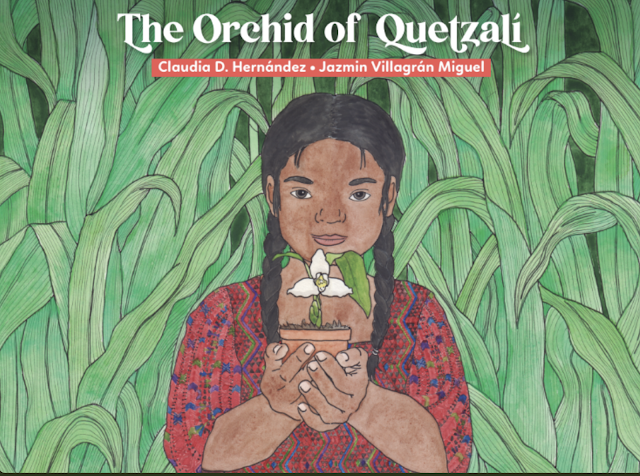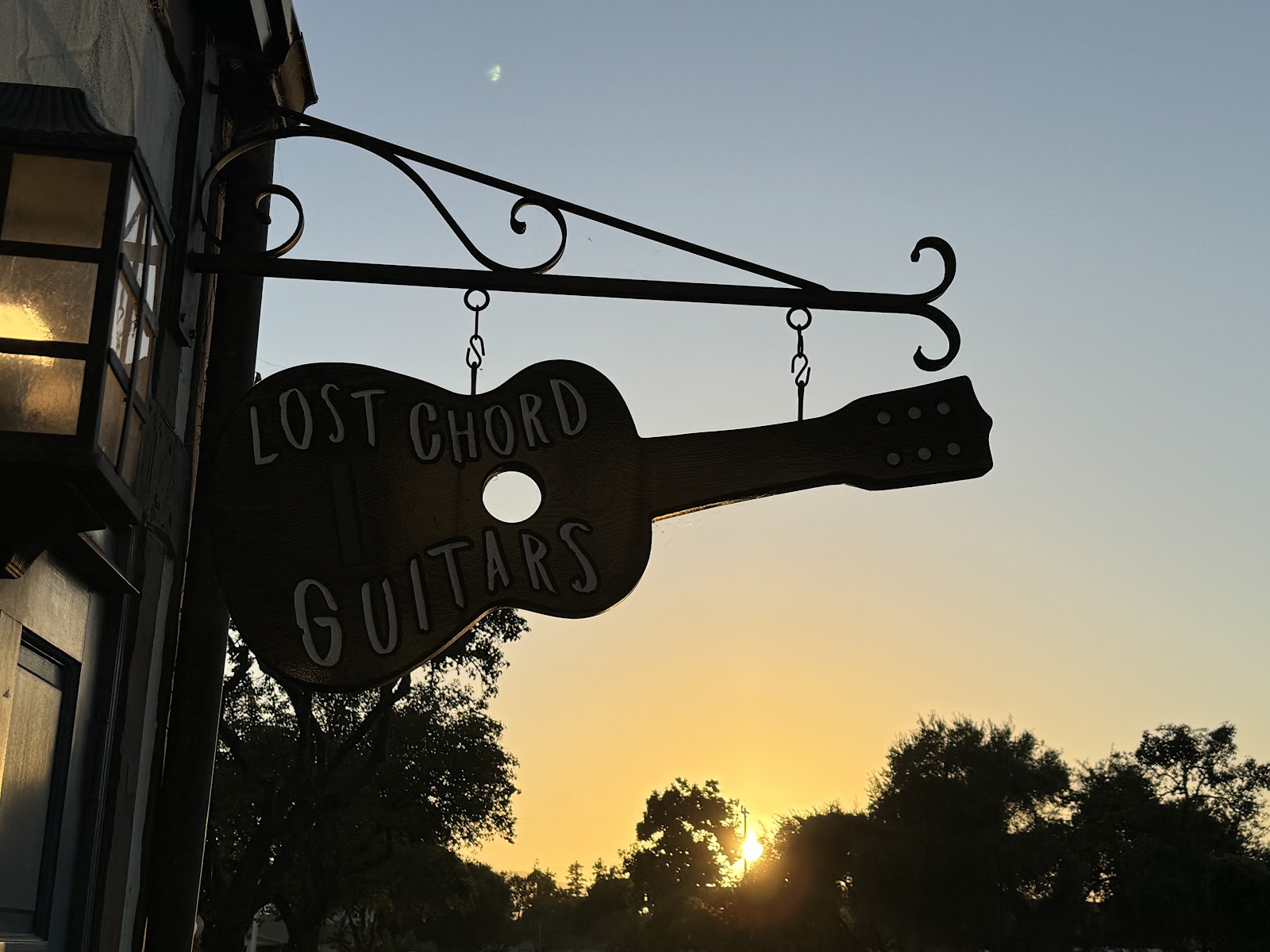 |
| Security, while traveling, just in case |
Like most Americans, I’m sickened when I hear about another shooting, especially mass shootings, which often cross my mind when I enter Northgate Market, a super Mexican grocery store on L.A.’s westside, between Culver City and Venice, the crowds thick, day and night. It’s the shooting at a Walmart in El Paso, TX, in 2019, that claimed the lives of 23 people, young and old, alike, mostly Mexican Americans and Mexican immigrants, I remember. The El Paso killer admitted, outright, he drove hours from his home to kill Mexicans and immigrants. On his website, he wrote, “This attack is in response to the Hispanic invasion of Texas.”
I remember, after the shooting, I went to my
Facebook page to see what “friends,” many third and fourth generation Mexican, were
posting. Most, of course, were shaken, saddened by the tragic event. Now, the
violence in America was hitting closer to home, reminding us some people had
Mexicans in their crosshairs.
Many on FB blamed
Donald Trump’s rants against immigrants as the catalyst that drove the shooter.
Others argued, “words don’t commit murder, people do,” so, to hold Trump
responsible is playing politics. Strangers began posting their reactions, some obscene
and offensive. Eventually, the responses deteriorated into conservatives
bashing liberals and vice-versa, some friends not sounding very friendly,
others down right indignant. Lost in the fray were the deaths of innocent
people, the suffering of the families, and the threat to all people everywhere.
Of course, gun
control became the issue, a large percentage of Americans supporting a ban on assault
weapons and laws to begin universal background checks when purchasing a weapon;
some who said there were already enough laws in place to assure no “crazies”
can’t purchase guns but the other side arguing the existing laws don’t go far
enough, the same political cliches dished out by politicians and television pundits.
Some
“friends” claimed the main problem was a Godlessness in America, too many
single families, and lack of old-school, traditional values, like respect for
each other, prayer in the schools. Then came the memes showing how violent
music, movies, and video games were the culprit, brainwashing our kids. Of
course, few people actually created the memes. Most copied and pasted them from
other websites, those that fit their political ideologies.
Conservative politicians took to the air waves and immediately latched
on to mental illness as a cause, which inflamed television analysts who work
with the mentally ill, arguing it’s an insult to people suffering from mental
illnesses to blame them for mass shootings. Most mentally ill people, they said,
quoting statistics, aren’t murderers, less than 3%. Liberal politicians, on the
other hand, drove home the Trump-as-chief-instigator-line and used examples of
his language to support their positions.
I saw the
FB response of a woman describing her liberal “friends” (Democrats) as being
unreasonable, angry, out-of-control, and obscene. I thought this strange since some
conservative responses I’d read also sounded much the same. I took a closer
look at the posts. The person was right. How did I not see it? Maybe, we see
what we want to see. There were angry posts on both sides. No particular
ideology had a monopoly on crass, deplorable verbiage. Though, I admit, the
majority of responses were measured and respectful, if not always supported by
evidence.
Since El
Paso, we’ve had a lot of shootings, at schools, two assassination attempts on a
presidential candidate, some assaults on churches and temples, all the shootings
baffling. If past experience over mass killings holds true, nothing, will
change. While politicians on the “left” spout Trump’s candidacy is a threat to
democracy, the ex-president has ramped up his anti-immigrant rants, even as hundreds
of thousands of immigrants, across the country, work at jobs most Americans
reject. If Alex Jones can get away with making his base believe Sandy Hook was
a publicity stunt, what chance do we have to stop these “senseless killings?”
What is
scary is how, what are “senseless killings” to me, make complete sense to
somebody else, especially those who believe what their messiahs tell them, not
unlike the followers of Jim Jones. Some people believe “Whites” (I’m not really
sure what “white” means), are losing control of the country, and “nonwhite” people
are taking over, an “invasion,” the El Paso shooter believed, pushed by Trump advisor
Steven Miller. However, people, like Miller, never mention the fact that, by
any measure, the majority of those at the top, whether in politics or industry,
are not women, people of color, or poor Whites.
None of
that is the point, or, at least, it shouldn’t be. We are all Americans, regardless
of ethnicity, and once we get a hold of the ladder to success, we work hard for
ourselves, our families, and to make the United States a better place. It is what
it is. If the U.S. is becoming “browner,” it isn’t because anybody’s “plan,” no
such thing as a great replacement theory. Simply put, as Americans, we are
taught to work hard if we want to survive in this land, and that is what most
of us do.
Recently,
at Vons, I waited, patiently, for the sandwich lady to take my order. She was
working alone, and she was also older, brown skin, and looked exhausted. Okay,
she was slow, not lazy-slow, just up in years. A guy ahead of me, in his thirties,
a professional-type, who was waiting for his sandwich, kept checking his phone
and tapping his foot. Finally, he blurted, rudely, “Just give me the sandwich
the way it is. I don’t’ have all day.”
She told
him she was moving as fast as she could. When she was out of earshot, he turned
to the rest of us and said, “If they’re going to take our jobs, they should
work harder.”
It took me
a minute to gather my thoughts. When I did, he was gone. Why had he said, “they,”
as if assuming she wasn’t American? She did have a Middle East accent, but a
lot of Americans have accents. I wished I could have asked him, “Would you work
eight hours on your feet cutting lunch meat for minimum wage?”
I think
about driving through California’s Central Valley, in my air-conditioned car,
and looking out at the hundreds of field workers, stooped over, picking
vegetables in hundred-degree weather, knowing many of them are here without
documents. Who else is going to do that work? The hypocrisy is that many who
criticize immigrants don’t hesitate to call them when they need a worker at
rock-bottom-prices. All Americans benefit from immigrant, legal or not, low-wage
labor, and to pretend otherwise is absurd. Justly or not, immigrant labor is needled
into the fabric of this country, I’d say, a remnant of slavery.
If this guy
at the meat counter saw the sandwich lady as an “outsider,” how did he see me, Chicano,
brownish skin, in my Columbia sandals, Docker shorts, and baby blue John
Ashcroft t-shirt? This guy made me aware of my own Mexican-ness, even if my
family has been in the U.S. five generations. It is curious how most Anglos I
run into on the street, nearly always greet me in English, yet Latino
immigrants I meet, hesitate when they meet me, not sure how to address me. When
I greet them in Spanish, a bright smile crosses their faces. One woman recently
told me, in Spanish, “I thought you were American.”
Traveling
recently, just outside of Bakersfield, I stopped at a restaurant. I saw men
entering and exiting, some of them wearing camouflage trousers and hats. I decided
to put on a U.S. Army cap, in case anyone suspected me of being an “outsider,” like
I had to prove myself. I thought this was nuts. I didn’t even like the hat and
hardly ever wore it. A gift from a friend, I just happened to have in tucked
away in the back of my car. I had never been concerned by the way people saw
me, anything other than American. So, why now?
Luckily, during
my travel, no matter where I went or stopped, in towns from Taft to Button
Willow and onto Paso Robles, everyone was friendly and polite, whether I asked
directions or stopped to chat. In stores and restaurants, I saw the locals,
burly “White” guys and their wives, talking friendly to the Mexican and
Chicanos who worked behind the counters or in the kitchens, like they all knew
each other. Then it hit me. They probably did, all living together in these small
towns.
On the way
home, I stopped by the James Dean Memorial along Highway 46. The parking lot
was crowded, and I couldn’t find a space. As I began to pull away, a trio of
bikers, beards, sleeveless jackets, and all, called to me. Uh-Oh, I thought. I
rolled down my window. One of them called, “Hey, sir, we’re leaving. You can
have our spot.” The Purple Heart on my license plate may have had something to
do with it, but either way, they rekindled my trust in America.



























